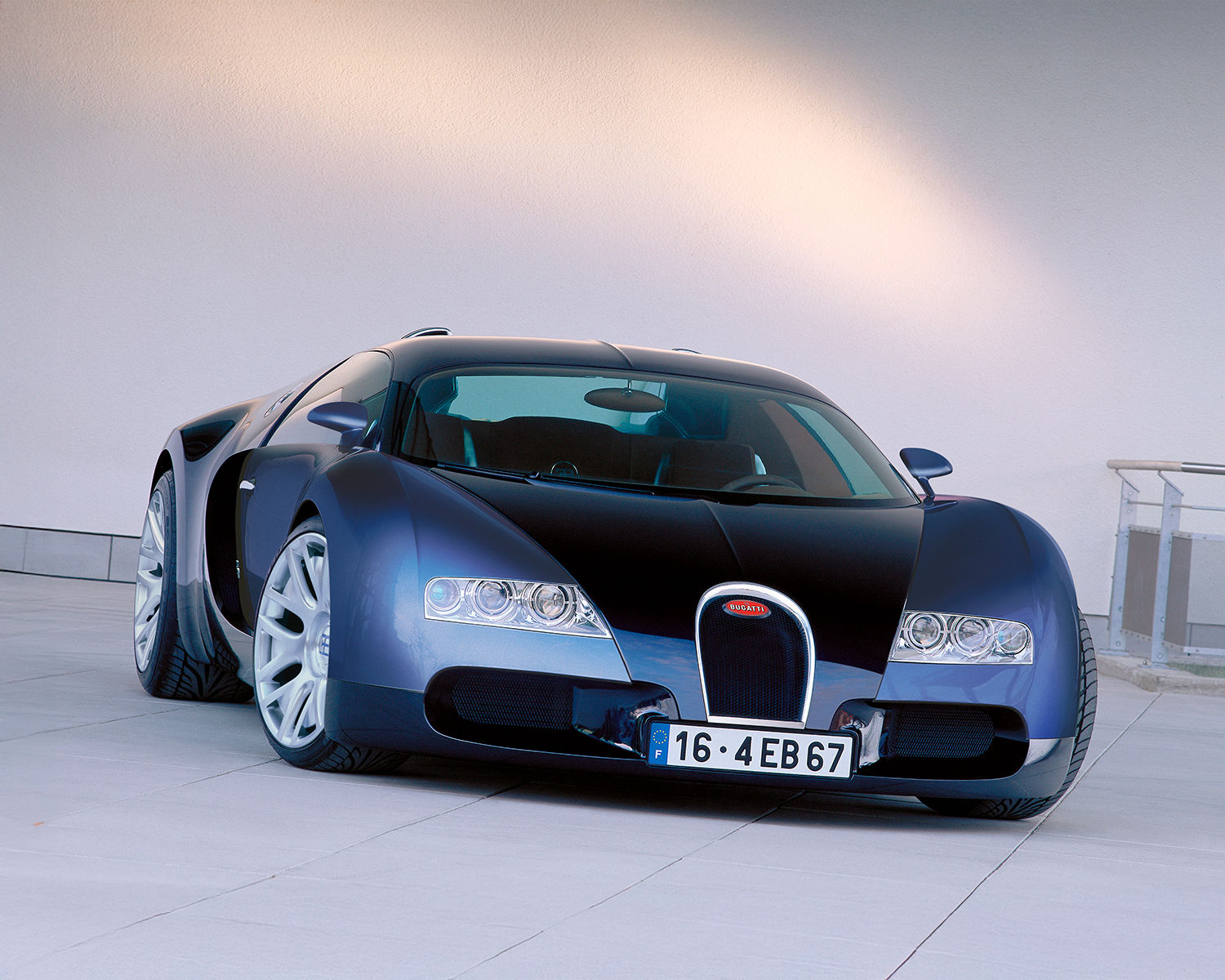
Throughout the chronicles of automobile lore, hardly any moniker commands the same level of respect when it comes to performance, opulence, and revolutionary technology like Bugatti does. Introduced in 2005, the Veyron 16.4 serves as a testament to this heritage, embodying a supercar conceived with bold aspirations that reshaped what could be achieved. However, the advent of the Veyron wasn’t instantaneous; rather, it marked the endpoint of an extraordinary developmental odyssey. From 1998 through 1999, various design prototypes delved into differing aspects of Ferdinand Piëch's visionary goals, setting the stage for the ultimate masterpiece.
The origin of today’s Bugatti can be traced back to the ambitious vision of Ferdinand Karl Piëch, who was serving as the chairman of the Volkswagen Group at that time. During his trip aboard a Shinkansen bullet train in Japan in 1997, he conceived the idea for a vehicle with unmatched performance and sophistication. Inspired by these aspirations, he sketched out an innovative design featuring an 18-cylinder engine on an envelope. This concept later evolved into what would become known as the W18 layout—the core component behind Bugatti's revival following Volkswagen AG obtaining control over the company in May 1998. Piëch aimed beyond mere velocity; he wanted a car capable of surpassing speeds up to 400 kilometers per hour while maintaining the high standards of luxury, style, and practicality synonymous with the Bugatti legacy—a feat necessitating groundbreaking innovations in automotive technology.
In order to realize his idea, Ferdinand Piëch brought aboard Giorgetto Giugiaro from Italdesign to develop a novel automobile concept. Their initial collaborative effort resulted in the EB 118, which made its debut at the Paris Motor Show in September 1998. This luxurious two-door coupe presented itself as both majestic and refined, embodying all the qualities of a classic touring car. A hallmark feature was its extended hood, designed to accommodate the large 6.3-liter V18 engine placed up front; this powerful naturally-aspirated unit generated 555 horsepower. Additionally, the EB 118 showcased a prominent center ridge reminiscent of legendary Bugatti designs such as the Type 57SC Atlantic. On the inside, the interior space reflected Art Deco aesthetics, highlighting opulence, coziness, and meticulous handcraftsmanship. Coupled with sophisticated technology—such as its pioneering W18 engine layout and constant four-wheel-drive system—the EB 118 served not only as a testament to past glories but also as a daring declaration for future advancements, merging historical roots with cutting-edge ingenuity.
Shortly after, the luxurious EB 218 sedan made its debut at the Geneva Motor Show in March 1999. Designed once again by Giorgetto Giugiaro, this vehicle built upon the Bugatti EB 112 concept from the Artioli period, featuring the powerful W18 engine seen in the EB 118 model. As a four-door sedan, the EB 218 delved into a new facet of the Bugatti legacy with an emphasis on supreme comfort and grandeur. Measuring longer than the EB 118 at 5,375 millimeters, subtle adjustments were made to the contours of the bumpers, headlights, and hood to accommodate the W18 engine within a sedan body structure while still maintaining constant all-wheel-drive capabilities. By showcasing these adaptations, the EB 218 highlighted both the adaptability of the W18 engine and Bugatti’s ability to craft substantial, opulent automobiles reminiscent of historical models like the Type 41 Royale.
Later that same year, a major redirection took place. During the IAA exhibition held in Frankfurt in September 1999, Bugatti unveiled the EB 18/3 Chiron. Conceived by Fabrizio Giugiaro with input from his father, this model departed significantly from earlier designs which had used a front-engine setup. Instead, the EB 18/3 Chiron emerged as an entirely new entity: a sleek, two-seat supercar prototype equipped with a mid-mounted W18 engine configuration. This redesign drastically modified the vehicle's overall appearance, giving rise to a bolder design characterized by a forward-leaning silhouette—typical for top-tier sports vehicles. Despite retaining elements like the powerful 555 horsepower W18 motor along with full-time four-wheel-drive capability, the focus shifted toward enhancing both aerodynamics and driving dynamics through innovative styling choices. In homage to renowned race car driver Louis Chiron, who lent his legacy to the project, this concept marked Bugatti's entry into developing ultra-high-performance models—a domain ultimately conquered by their subsequent creation, the Veyron. It also served as a platform to investigate potential applications of the advanced W18 powerplant within specialized performance contexts.
A mere month after that, in October 1999, came the definitive developmental stage preceding the production Veyron when it appeared at the Tokyo Motor Show: the Bugatti EB 18/4 Veyron. Significantly, this prototype signaled a transition in design oversight, shifting away from Italdesign. Developed internally within the Volkswagen Group under the guidance of Hartmut Warkuß, with the external appearance shaped by a budding designer named Jozef Kabaň, the EB 18/4 embodied a sleeker, more concentrated mid-engine sports vehicle profile. The aesthetic previewed many features of the eventual production model, including its distinctive form, dimensions, and primary visual components. Although first exhibited equipped with a W18 engine, challenges related to achieving reliable output above 1,000 horsepower along with controlling the excessive heat and intricacy associated with the naturally-aspirated W18 prompted a crucial pivot in engineering strategy. By 2000, plans were altered towards crafting a brand-new powerplant—the 8.0-liter, quadruple turbocharged W16 engine. This unit promised a better chance of meeting Ferdinand Piëch’s ambitious goals for performance—specifically delivering 1,001 horsepower and surpassing 400 kilometers per hour in maximum velocity—with the trade-off being an extraordinarily advanced cooling mechanism never seen before.
The selection of the name 'Veyron' for both the ultimate concept and later the production vehicle was a purposeful tribute to Bugatti’s illustrious history. Pierre Veyron (1903–1970), far from being merely a racer, served as an essential development engineer and official tester for the company throughout the 1930s. He reached his pinnacle with a win at the esteemed 24 Hours of Le Mans in 1939, driving a Type 57C Tank together with Jean-Pierre Wimille. By christening this revolutionary supercar after Veyron, Ferdinand Piech linked his contemporary aspirations back to Bugatti’s glorious period marked by unrivaled success in auto-racing and exceptional engineering capabilities, encapsulating the amalgamation of speed and sophisticated craftsmanship embodied by the new model.
The path from Ferdinand Piëch’s original W18 drawing to the groundbreaking Veyron 16.4 exemplified unyielding creativity, continuous refinement, and profound reverence for Bugatti’s legacy. The prototype vehicles—EB 118, EB 218, EB 18/3 Chiron, and EB 18/4 Veyron—not only served as significant milestones but also played pivotal roles beyond being simple design studies. These models each investigated distinct aesthetic approaches (luxury grand touring car, opulent sedan, mid-engine sportscar) and pushed the boundaries of the innovative yet challenging W18 engine. Ultimately, this led to the merging of style with technology and a switch to the advanced W16 engine configuration that characterized the Veyron model. This progression highlighted both the visionary goals and technical hurdles overcome along with the shifting design ethos which together resulted in a creation that celebrated history even as it ushered in unprecedented advancements within the automobile industry.
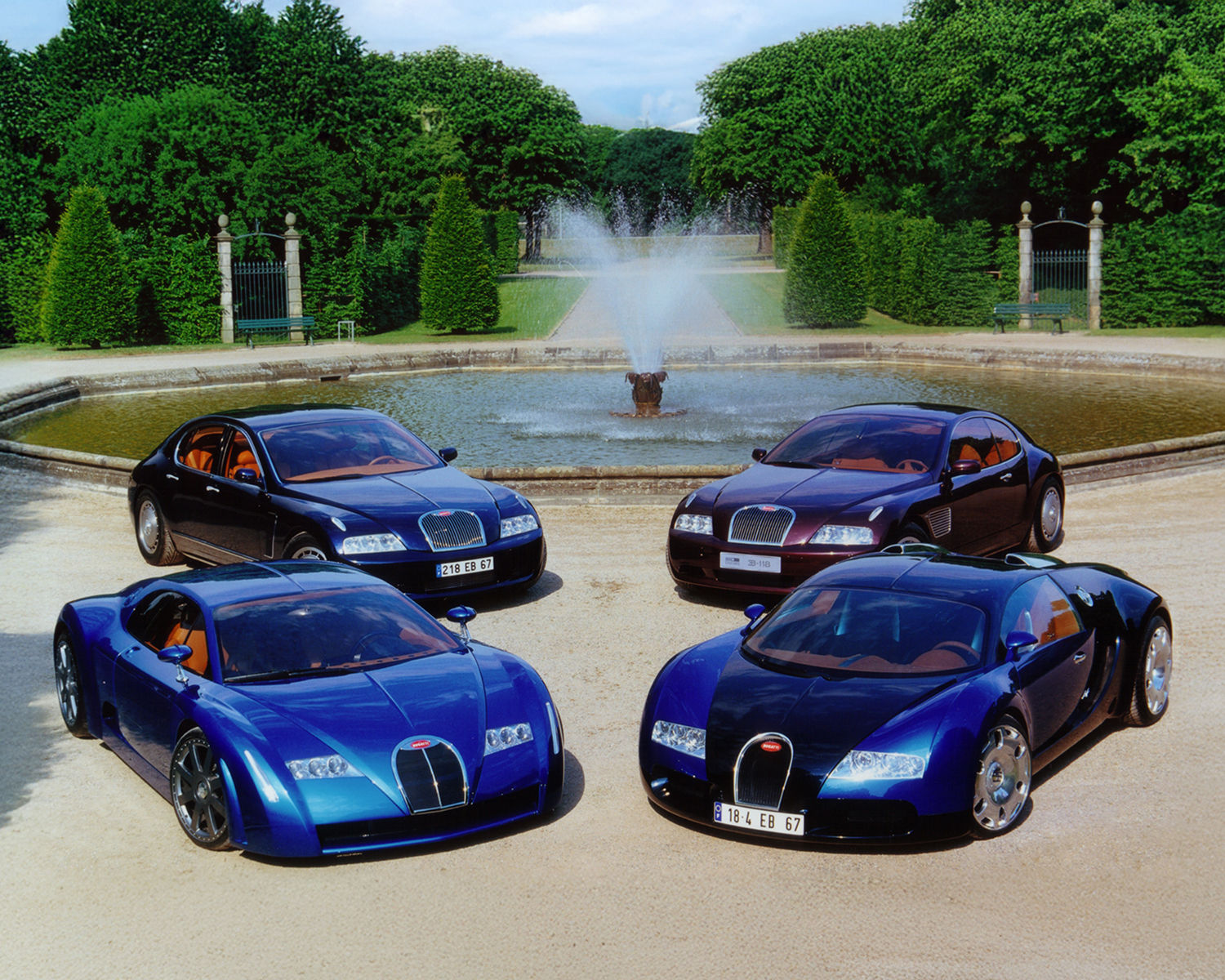
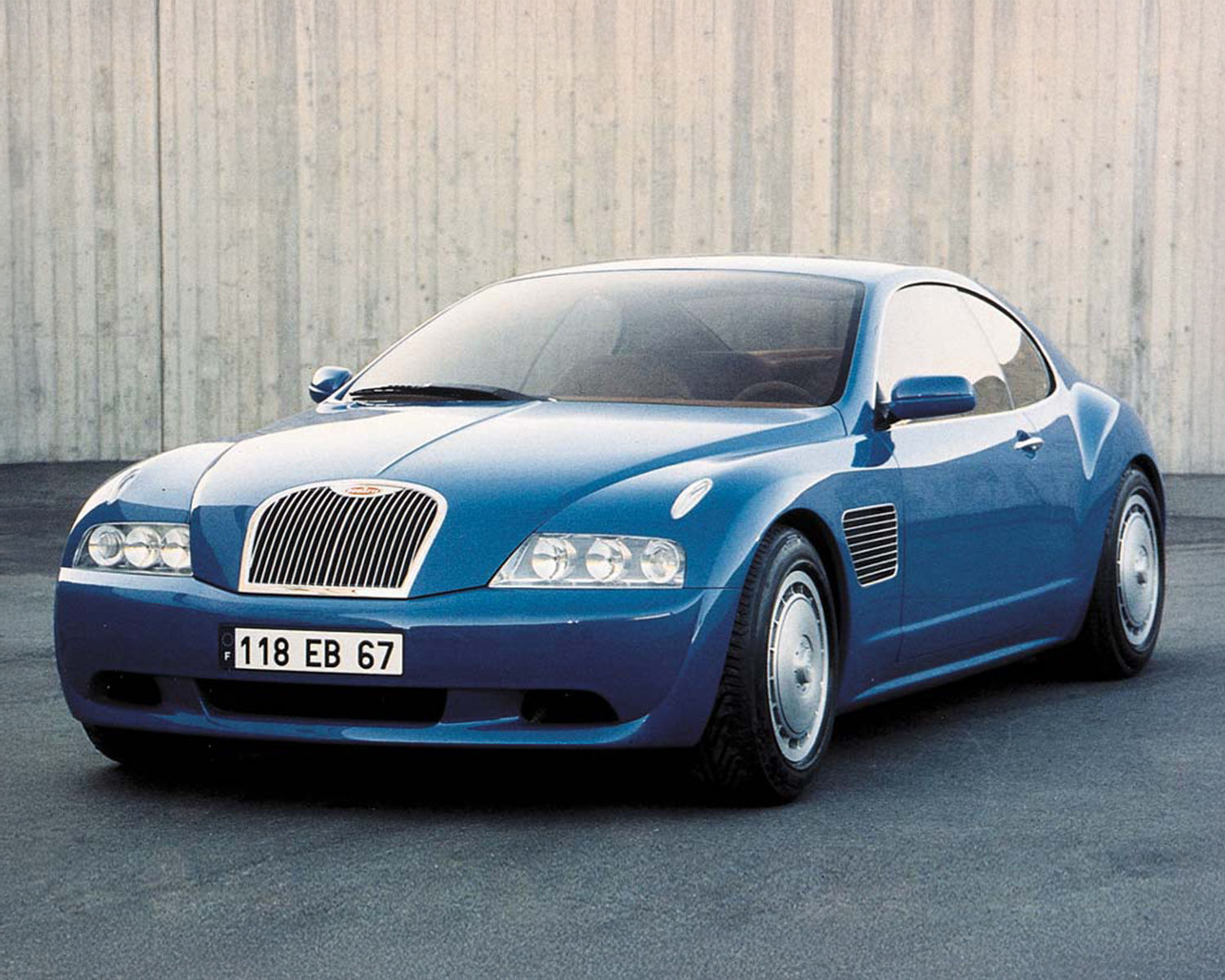
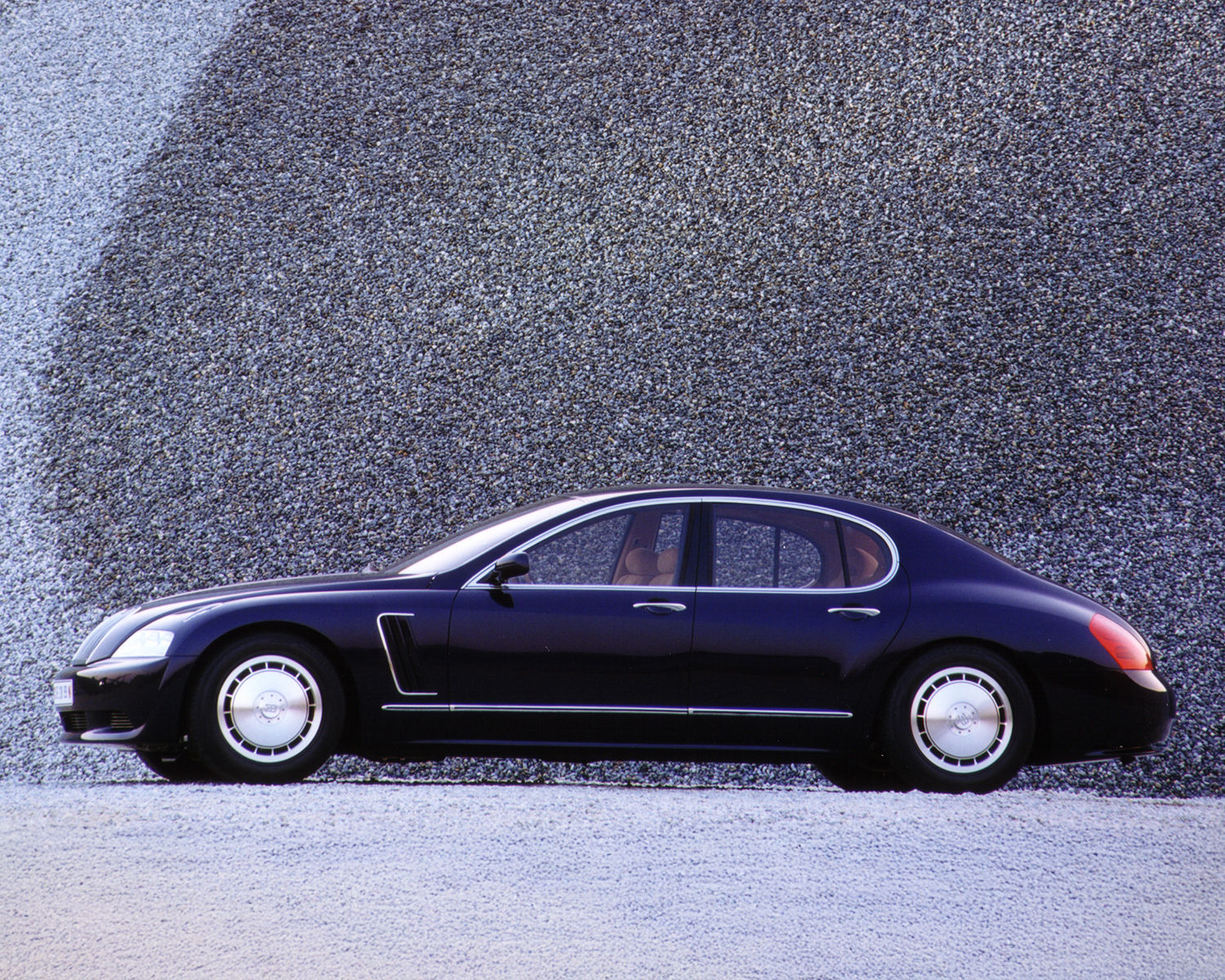

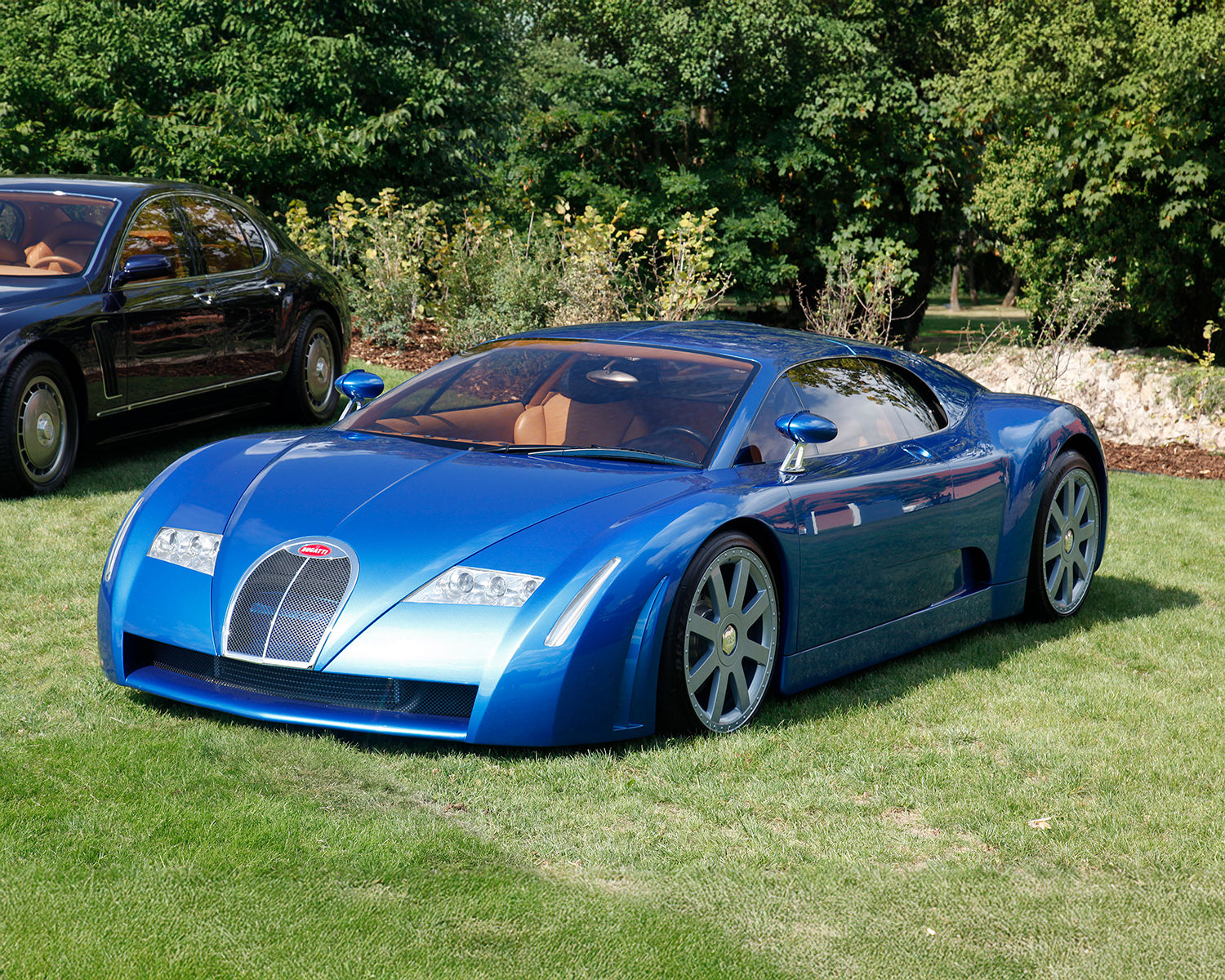
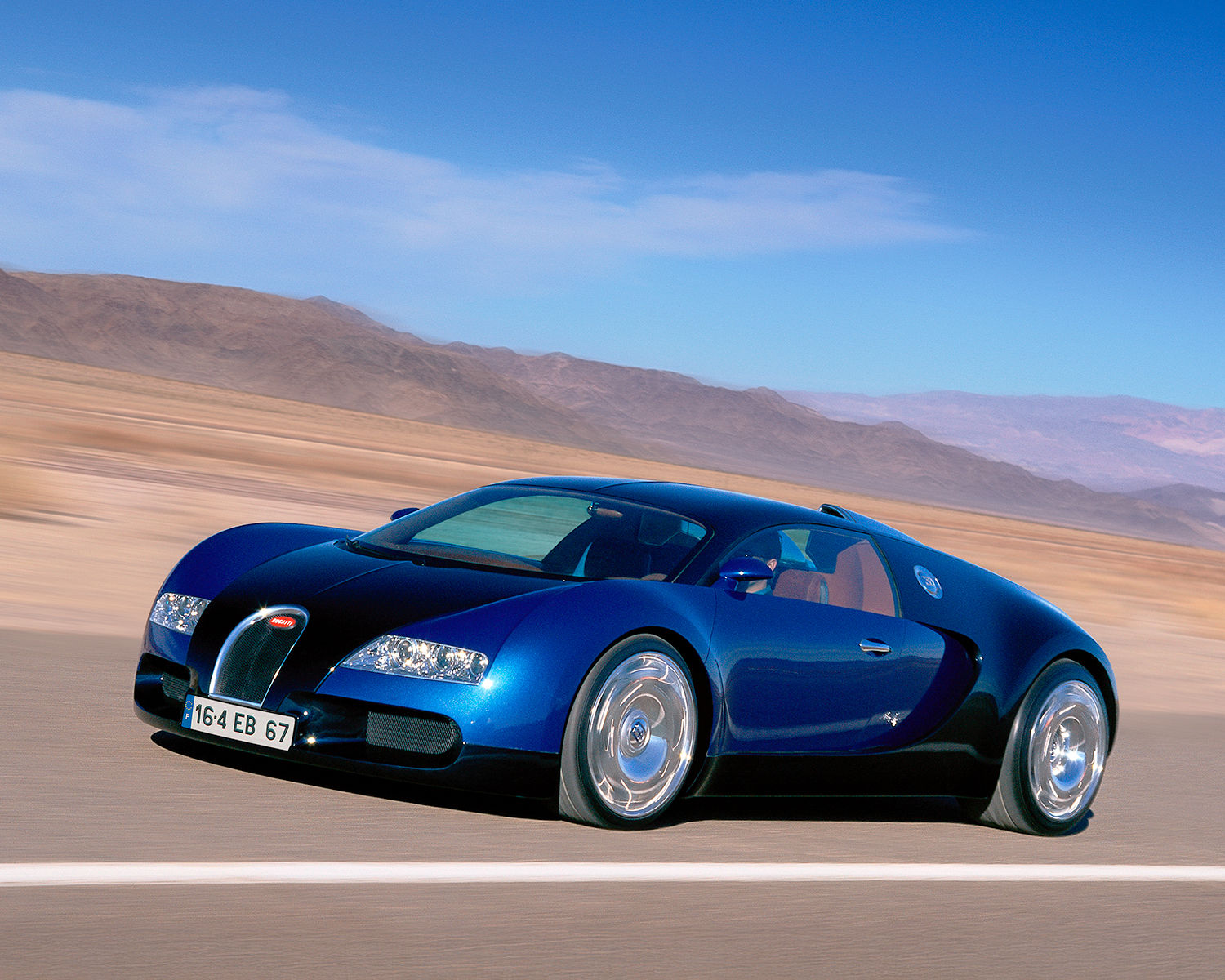
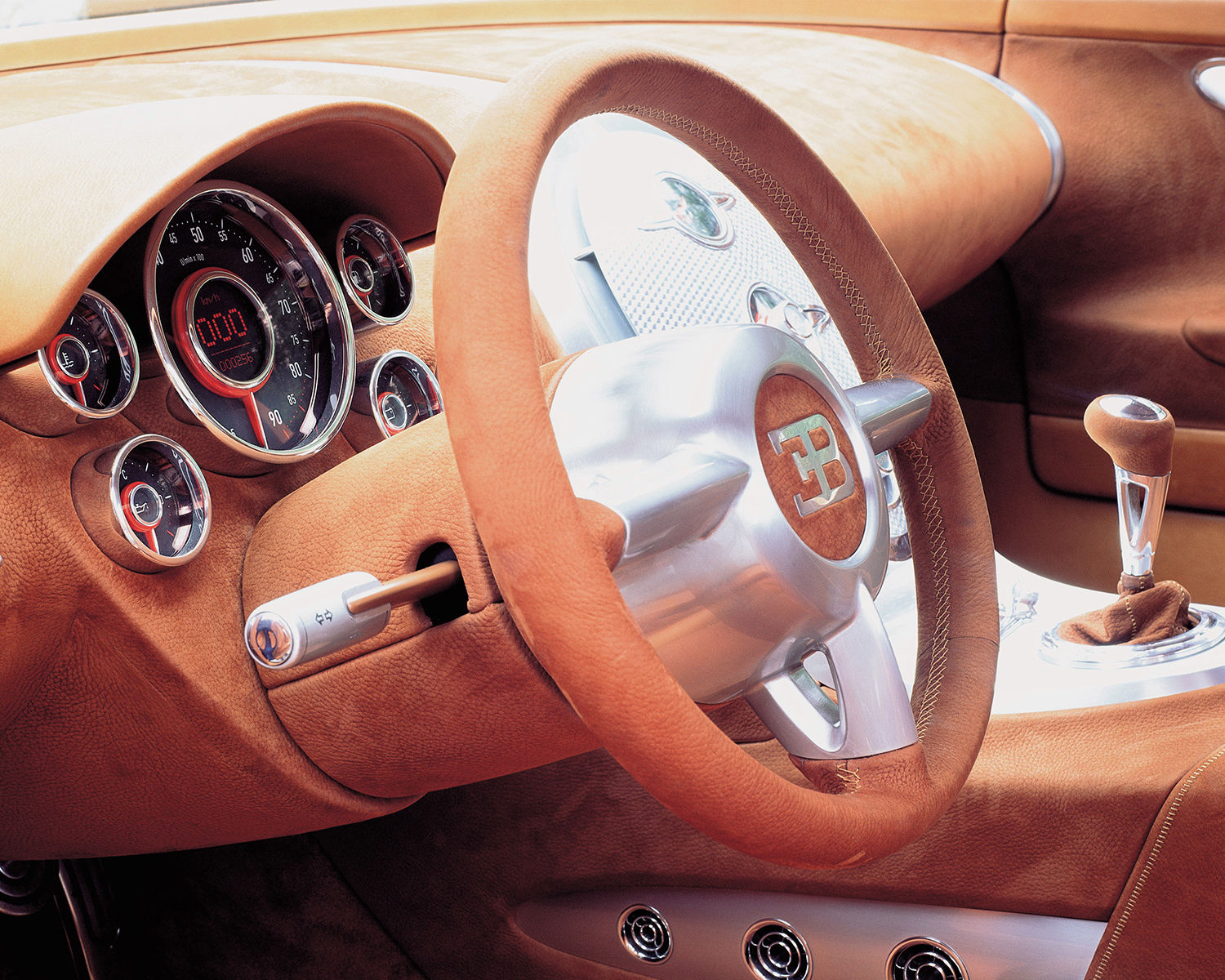
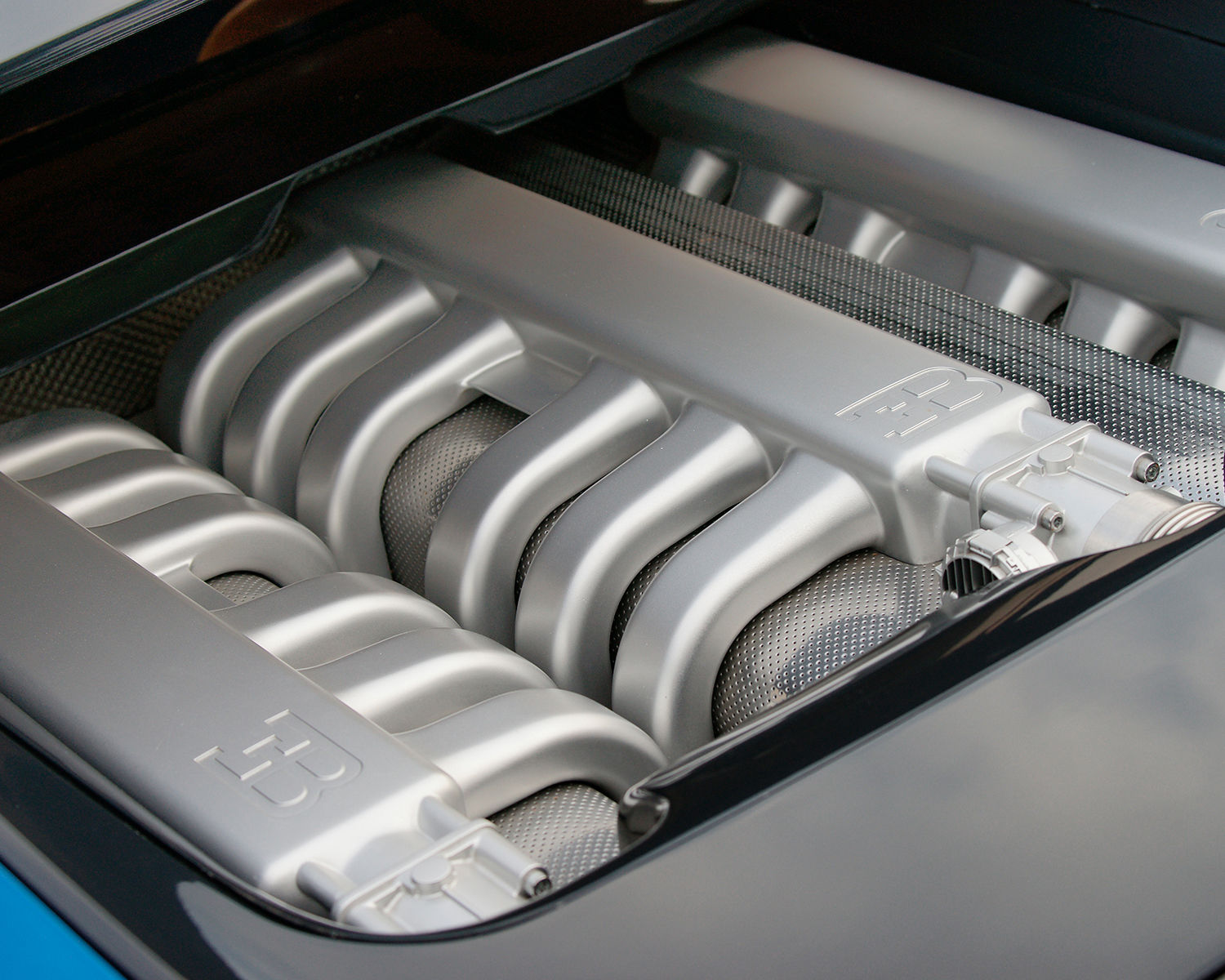
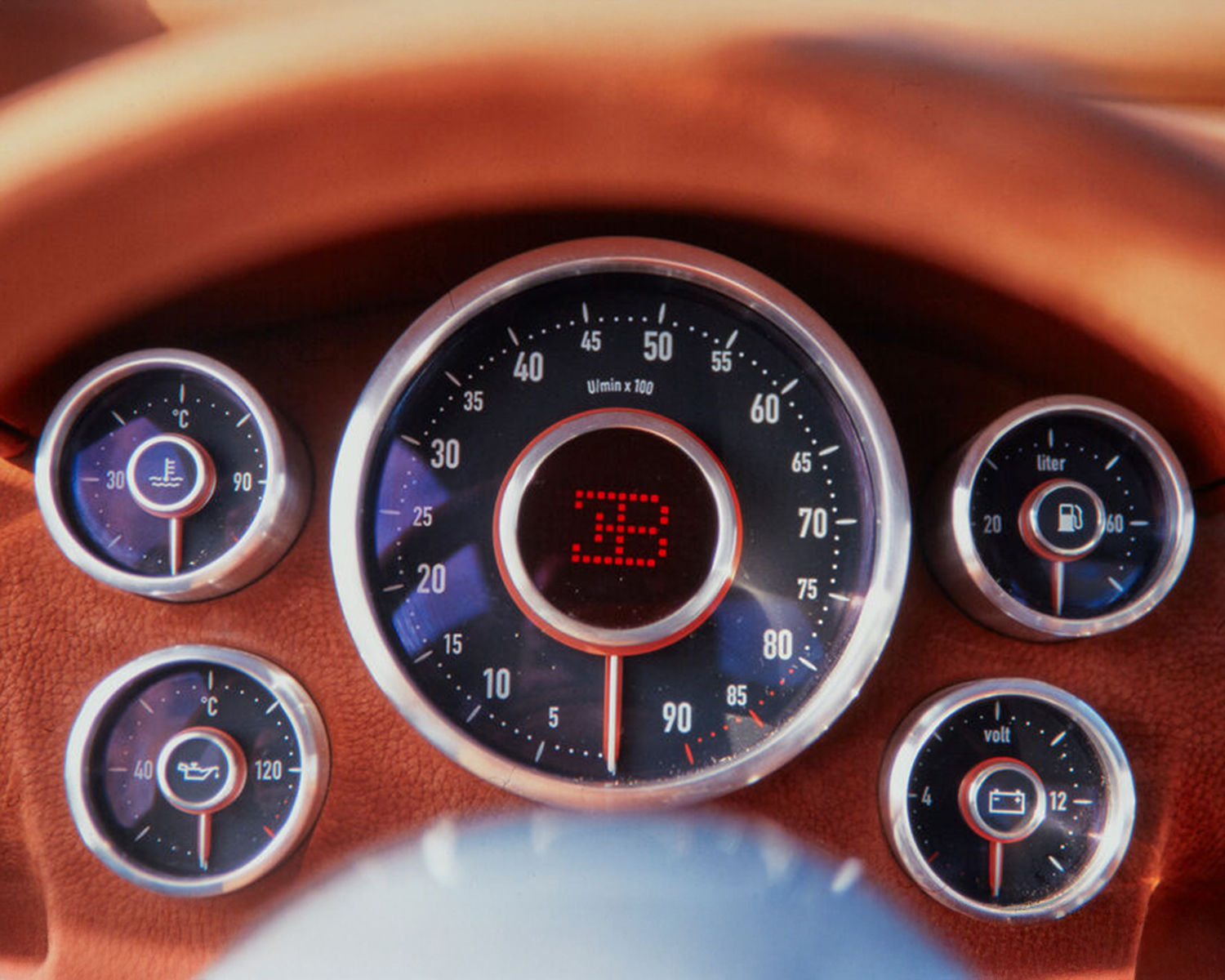

Posting Komentar
Posting Komentar